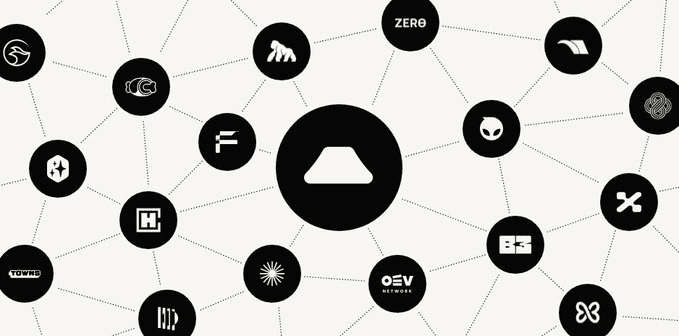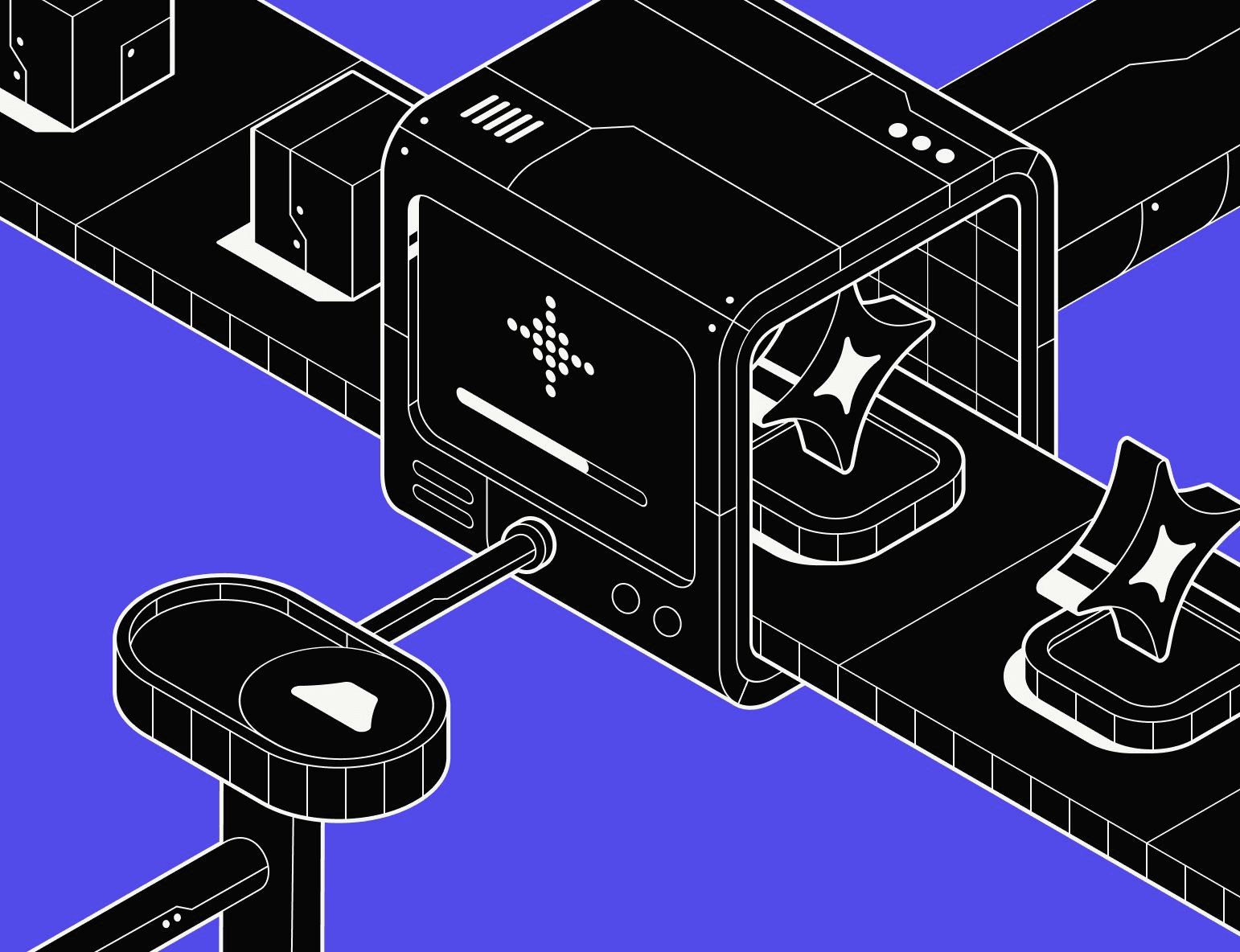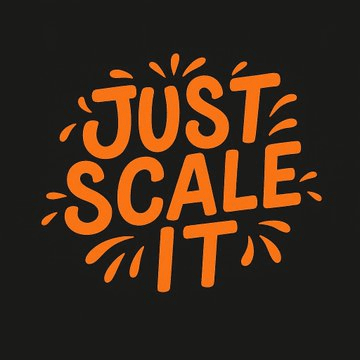Let's start with a scenario. Have you felt like we've been jumping around between various L2s like headless flies over the past two years?
Today, I interact with Optimism, tomorrow I farm gold on Arbitrum, and the day after, zkSync has a new task. My wallet is filled with L2 networks, assets moving back and forth, not to mention the transaction fees, but mainly it’s exhausting. Every project wants to build its own ecosystem, and the result is that our liquidity and attention are scattered all over the place.
Not to mention those project teams that want to achieve great things. A GameFi project just wants players to be able to hunt monsters and loot equipment at a low cost and high efficiency, but when the mainnet gets congested, gas fees soar, and all the players flee. Want to create your own chain? That's an astronomical development cost and time; small teams can't afford it at all.
What’s it like? It’s like wanting to open a snack stand but realizing you first have to build a highway and a power plant.
This question is actually one of the biggest roadblocks to Web3 achieving mass adoption.

Caldera is here to 'open franchise stores'.
Until I saw Caldera, my mind went 'ding', and I felt like I found a solution.
Don't overthink it; what Caldera does, in simple terms, is a 'one-click L2 franchise' service, professionally known as RaaS (Rollup-as-a-Service).
In the past, when project teams wanted to create their own chain (application chain), it was nearly impossible. Now, Caldera packages the best L2 technologies like OP Stack and Arbitrum Nitro into a toolbox, and you only need to click your mouse; within minutes, a high-performance, customized L2 is born for you.
For project teams: it's like opening a franchise; they don't have to start from scratch, kneading dough, and mixing fillings; they can directly use the mature recipes and supply chains from headquarters. They can focus all their energy on the core of 'making a good product', like whether the game is fun or if DeFi yields are high.
For us users: in the future, we may not need to care about 'which chain I am using'. Because all these 'franchise stores' are unified in technical standards and bridging by the 'central kitchen' of Caldera, allowing assets and information to flow smoothly. The NFT you earn in this game might be used as collateral in another DeFi application, bringing an experience close to Web2.
Why do I think this is reliable? Because it captures the essence of the new narrative of 'modular blockchain'. Just like building with Legos, Caldera modularizes the most complex parts (consensus, data availability), allowing project teams to freely combine and focus on their 'execution layer', which is the application itself. Recently, they also partnered with EigenLayer's EigenDA ecosystem to further enhance data processing capabilities, paving the way for broader development.

Don't just treat it as a tool.
If Caldera were just a tool for developers, I wouldn't bother to bring it up.
What I see is the greater potential behind it: a vast network composed of hundreds or thousands of dedicated chains.
Imagine this:
Games: every large game could have its own Rollup, completely bidding farewell to lags and high gas fees, achieving true on-chain high-frequency interactions.
Social: every like, comment, and follow could be on-chain actions, but fast and cheap, truly realizing decentralized social.
DeFi: high-frequency trading strategies and derivatives settlement can run stably on a dedicated chain without worrying about being disrupted by a few NFTs minting on the mainnet.
These 'application chains' interconnect through Caldera's underlying infrastructure, potentially forming a prosperous scene of 'thousands of chains returning to one'. This is what Web3 should look like to accommodate billions of users.

Some immature thoughts and questions.
That said, I'm not saying Caldera is flawless; it faces fierce competition, such as challenges from AltLayer and Conduit. But the vision it presents of 'making chain launching as simple as launching a token' truly excites me.
This also leaves me with a few questions, and I’d love to hear the opinions of the experts in Binance Square:
Will RaaS be the endgame for L2s? Or is it just a transitional solution?
When the cost of launching a chain becomes extremely low, will there be a surge of 'shitty dog chains', making it harder for users to identify?
What kind of applications do you think are most suitable for having their own dedicated Rollup? Is it games, social, or DeFi?
I look forward to seeing everyone's insights in the comments, let's discuss together. After all, the charm of Web3 lies in the fact that we are both witnesses and builders.





